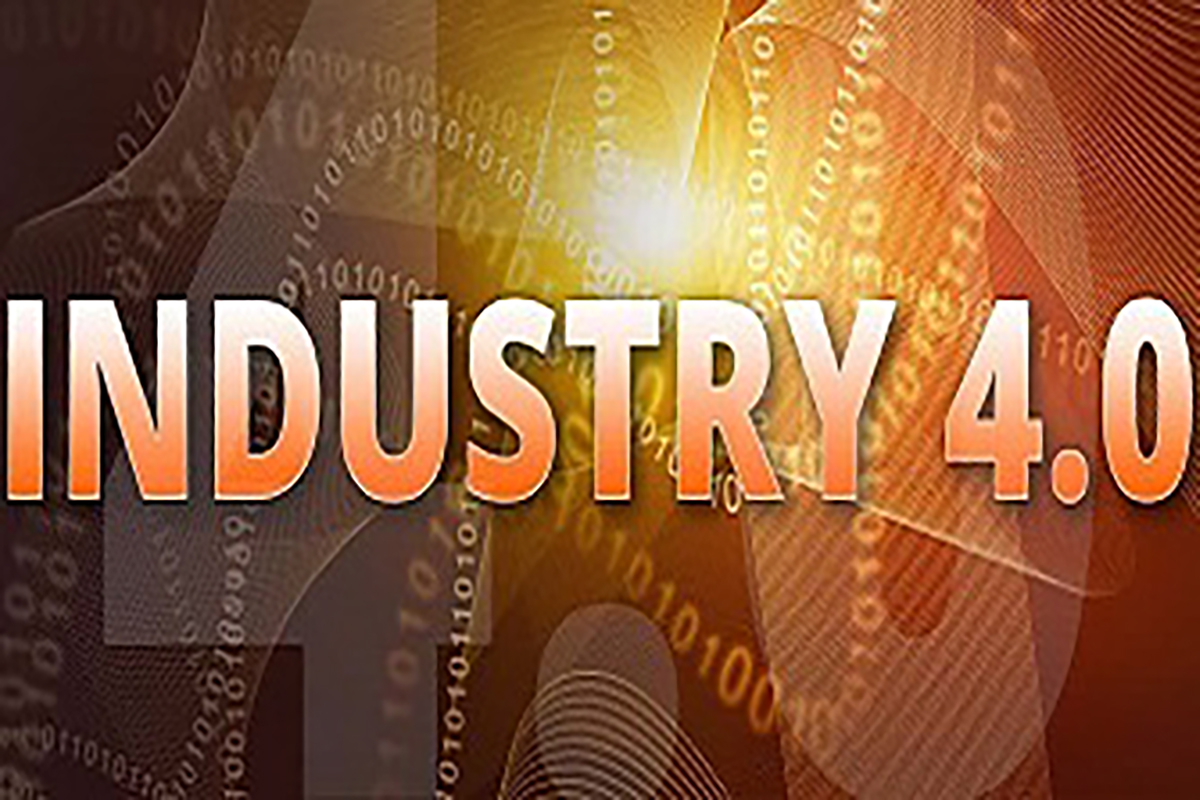This is the first article in a three part series discussing the Fourth Industrial Revolution, how Machine Learning and humans can create a way to navigate through this revolution and what it means for banks. The first article will focus on how the Fourth Industrial Revolution is going to impact businesses across the world. The second will look at how Machine Learning is creating new ways in which customers expect to be treated and pathing the way for new open platforms. The final article in this series will look at how humans are adapting to the new revolution, for both the good and the bad. Technology is exciting because inanimate objects come alive with information and previously unconnected devices, including vehicles, gadgets and machinery, are now being connected. This is what many are calling the Fourth Industrial Revolution, its predecessors, the first being steam power, which replaced muscles with machines, the second gave us affordable computing at scale and the Internet brought the third revolution.
These have all dramatically improved human existence. Steam power liberated us from animal and our own labour and brought mass mobility, computing improved our ability to process complex problems, and the Internet, a seemingly infinite source of knowledge, connects 3.2 billion people, often for free, everyday.
We can now wield these huge technological advances using just our voice and we have virtual existences in the ‘worlds’ of Augmented and Virtual Reality. However, these really are just the starting blocks for a tremendous journey.
The starting pistol has only just fired
To date, most computer interactions have mimicked the way the human brain thinks. Those adverts which follow us around the Web are served to us by computers desperately trying to predict what our next move is, based off what our previously observed moves were. If you think that is impressive, imagine that process sped up multiple times until it becomes increasingly similar to how we actually think.
The changes we are about to see will also have massive implications for businesses. Currently the effects are most noticeable in the realms of marketing, which has been largely digitalized, retail is rapidly following suit.
The implications for other industries, especially traditionally high-margin endeavours, such as perfumery or insurance broking, are causing many to think not just about their business, but about their industry and the implications for society as a whole.
 So what about banking?
So what about banking?
How will the industry we currently call ‘Banking’ look by 2030 or even 2050? Predictions this far out are bound to be inaccurate. Perhaps though, there are some clues in the early moves banks around the world are making. Many are rushing to digitalize existing services, as intense competition breaks out, especially in mature, entrepreneur-friendly markets like the UK and in rapidly growing markets like India.
Three things are clear; banks have little option but to offer fully digitalized services, other organizations who do not have a banking heritage will compete for their customers and low-level interactions will be replaced by ‘robo-advice’, which will be covered in our next article.
Not What, but Why?
This much is known, but the key question remains not ‘What’ (to do to digitalize banking services), but ‘Why?’ (bother at all). Opening banking to more competitors and making switching banks as simple as installing a new smartphone app, seems brave, and some might say foolish.
This reaction from banks to the Fourth Industrial Revolution could also be mandatory. The European Union’s new PSD2 directive is designed to give customers much more freedom, to shop around and move where they feel best served. With such a concentration of European customers with the means to move their wealth around, customers are indeed the ultimate power. So it makes sound business sense to respond to such an existential threat, to do this collaboration with customers is key, it will be the only way to survive. Customers are in fact the ‘Why’.
Unfortunately, true customer-centricity extends much further than many in banking currently foresee. Re-architecting current IT systems to cope with the speed of innovation customers are demanding today, is a good start.
However, as the pace picks up and security moves from multiple PIN codes, two factor authentication to voice and facial recognition, the realisation will dawn on many banks, that they need to act with the agility of a start-up, continuously, by acquiring the ability to deploy new technology like one, or face obsolescence.
The Fourth Industrial Revolution will change business operations but will businesses accept the revolution? The next article we will discuss how the rise of Machine Learning and AI will expedite the growth of this revolution further.




